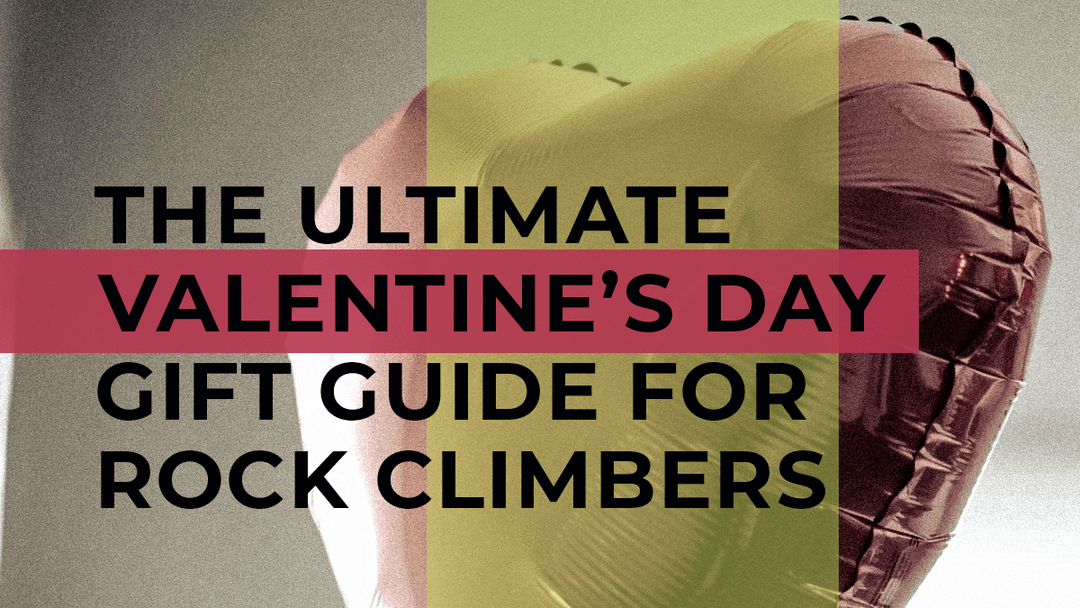How Tight Should Climbing Shoes Be?

Q. How tight should climbing shoes be?
A. It’s true that precise contact is necessary when climbing, so there should be no dead space in your climbing shoe. That said, too many climbers have unnecessarily come to accept chronic foot pain as part and parcel of their sport. It’s more important to have a shoe that fits properly, and that can conform to the shape of your foot — including any deformities like bunions or hammer toes — than it is to wear shoes that cause acute pain simply because they’re too small for your feet!
Q. Okay, so how will I know a good fit when I “feel” one?
A. Start with the time of day. The best time to try on a pair of climbing shoes — or any shoes, for that matter — is in the late afternoon. Why? Because by that time of day, your feet are slightly swollen after standing or walking throughout the day, and so are likely to be at their largest. Buying your shoes while your feet are slightly swollen will eliminate shoes becoming too tight as your climb progresses and your feet similarly swell a bit with exertion and at higher altitudes.
As mentioned, there should be no dead space between your toes and the toe of the shoe. Similarly, your heel should not slide around in them either.
Today’s climbing shoes are designed to cater to almost any size and shape of foot. Lace-up shoes can be tied tightly to conform to the shape of your foot, and velcro styles can be easily removed if your feet need a rest.
Q. So, the tight climbing shoe fit is a myth?
A. Twenty years ago, the standard advice was to buy a climbing shoe that was at least a size smaller than your normal shoe size. Some professionals advised going even smaller! Since, as mentioned, precise contact between foot and rock are essential, this standard “wisdom” persists today, failing to take into account advances in climbing shoe design and a growing body of evidence about the dangers of wearing shoes that are way too tight.
Climbers wearing tight-fitting shoes are essentially forcing their feet to become a solid unit that can’t absorb the shock of a fall in the normal way. That is surely not a good thing to do in a sport where the occasional fall is inevitable.
Q. What can happen if I wear an improperly fitting climbing shoe?
A. Any shoe — not just climbing shoes — that fit too tightly or forces your foot into an unnatural position (e.g. very high heels!), can cause a number of painful or uncomfortable conditions and foot deformities such as:
- claw, hammer or cross-over toes
- bunions
- corns
- bleeding under the toenails
- bruised feet
- fungal infections
- nerve compression disorders
Go for an in-person fitting if you’re buying your first pair of climbing shoes, changing styles to tackle a new aspect of climbing, or simply because your skills have evolved. Once you find a great climbing shoe that fits right and performs well, you may find that you want to get another pair just like them when they finally wear out. That’s when you can take advantage of online deals. But any online climbing shoe retailer worth their salt will also have authorized retailers carrying their shoes for personalized fitting assistance.
Most importantly, know that it’s possible to enjoy your sport without feeling that you need to torture your feet in the process!
Butora makes some of the highest-quality, performance-enhancing climbing shoes on the market today. We focus on comfort AND performance. Check our authorized Butora retailer near you!





